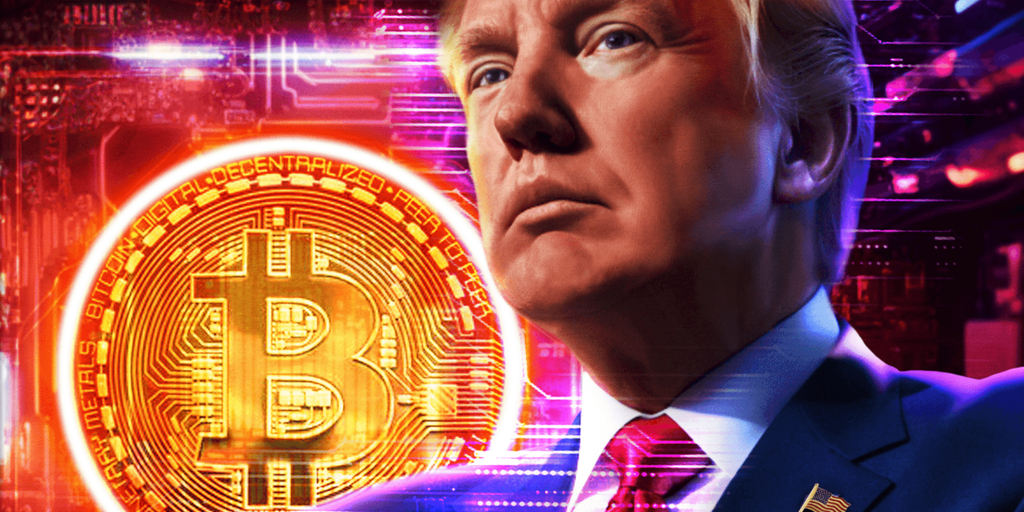Bitcoin Surges Past $90,000: A Response to Economic Signals
In a remarkable turn of events, Bitcoin has surged above the $90,000 mark, reflecting a growing optimism in the cryptocurrency market. This surge is largely attributed to hopeful indications that U.S. President Donald Trump may consider scaling back tariffs, despite the ongoing uncertainties that cloud the economic landscape. Let’s delve into the factors contributing to this bullish trend, the relationship between tariffs and interest rates, and what this means for investors in the cryptocurrency space.
The Tariff Effect: Understanding the Implications
Tariffs have significant implications for both traditional markets and the cryptocurrency sphere. When tariffs are imposed, they can lead to increased costs for consumers and businesses, which often results in slower economic growth. Here’s how the potential scaling back of tariffs plays into Bitcoin’s recent price surge:
Bitcoin’s Resilience Amid Uncertainties
Despite the promising signals regarding tariffs, uncertainties still loom large over the market. Geopolitical tensions, regulatory changes, and fluctuating economic indicators can create volatility. However, Bitcoin has demonstrated significant resilience, and here’s why:
The Role of Institutional Investors
Another key factor contributing to Bitcoin’s recent price increase is the increasing interest from institutional investors. Major financial institutions are beginning to recognize the potential of Bitcoin as a legitimate asset class. This shift is crucial for several reasons:
The Future of Bitcoin and Tariff Policies
As we look ahead, the potential for tariff reductions under President Trump’s administration could have far-reaching implications for Bitcoin and the broader cryptocurrency market. Analysts are closely monitoring the situation as it unfolds. Here are some potential outcomes:
Conclusion: Navigating the Uncertain Waters
The recent surge of Bitcoin above $90,000 amid hopeful signs of tariff reductions reflects a complex interplay of market dynamics. While optimism surrounding economic policies can serve as a catalyst for growth, the cryptocurrency market remains susceptible to a multitude of external factors.
Investors should remain vigilant, keeping a close eye on developments both in tariff negotiations and broader economic indicators. In an ever-evolving landscape, the ability to adapt and respond to changing conditions will be key to navigating the uncertain waters of cryptocurrency investment.
As Bitcoin continues to capture the attention of both institutional and retail investors, its price movements will likely remain influenced by not only economic policies but also technological advancements and market sentiment. The future of Bitcoin looks bright, but as always, caution and informed decision-making will be essential for those looking to capitalize on this digital asset’s potential.





